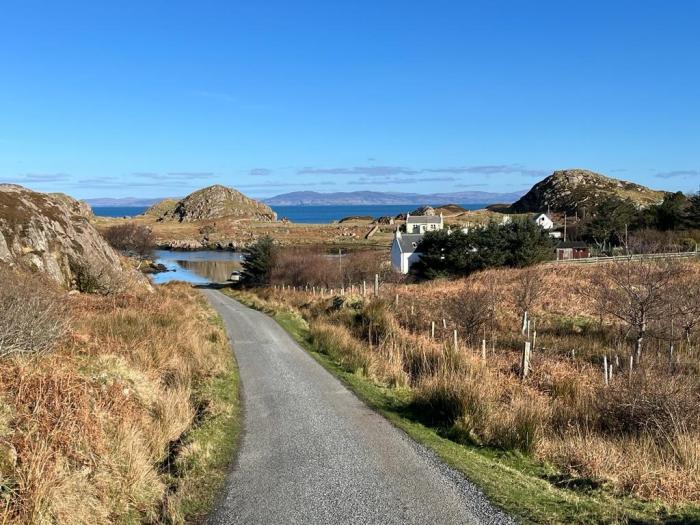Recognising Scotland’s rural population problem
By Dr Jonathan Hopkins and Dr Ruth Wilson, The James Hutton Institute
Population decline in Scotland’s sparsely populated and rural areas, as highlighted in the Herald’s special investigation last week, is a perennial challenge.
It’s a topic that we and colleagues have been studying at The James Hutton institute, both in Scotland and further afield, for several years. We’ve been analysing patterns of demographic change and speaking to residents and businesses about their experiences.
While we don’t believe there is a single solution to reversing population decline that can be applied in all places, there are some key messages which should be recognised.
Population decline is not by any means unique to the Highlands, or Scotland. Many rural areas in Europe, North America and Asia are experiencing decreasing and ageing populations. At the same time, many cities are seeing fast population growth, leading to severe pressures on public services and housing in rural areas close to them.

Scotland’s population, as a whole, is also ageing. It is projected (by the Office for National Statistics) that Scotland’s population will peak in 2033. However, both the statistics and the lived experiences in rural communities, reported by the Herald this week, show that the current demographic challenges are serious.
Our analysis has found that increasing in-migration to sparsely populated areas is critical for sustaining populations. Without in-migration, falls in populations are likely to be “baked in” as their age structure gets older over time.
People do want to move to, return to and stay in sparsely populated areas – and it’s not just retired people. The appetite for rural life among the working age population arguably increased during COVID-19, when people reassessed their work-life balance and the importance of outdoor access. The desire is undoubtedly there, but often practical barriers get in the way, particularly for younger people without the means to compete in an expensive and limited housing market.
Indeed, 71% of island residents aged 18-35, surveyed in 2020, intended to live there for the next five years – a large majority, but a lower percentage than in older age groups.
Several themes recur when considering how to support the liveability of places and people’s wellbeing. Concerns about housing is a significant one. But transport, jobs, services and digital connectivity are other major concerns well known to many residents.
However, as The Herald’s investigation has shown, it is important to examine population trends for individual places as well as whole regions. Larger-scale trends can mask huge differences, as is the case in Highland. The trigger points for population decline and the effects this can have on communities also vary and these differences need to be considered when designing interventions. There is no one-size-fits-all solution that can be applied everywhere.
Supporting population stability needs to be informed by an understanding of how resources and opportunities are distributed throughout Scotland, and where rural communities are affected by poor access to these. Learning lessons from how people are working together, over time, to improve communities – and how this process can best be enabled – is also essential.
We can perhaps learn from projects like the Smart Clachan, which intends to create new liveable communities, and from places such as the Isle of Kerrera, which doubled its population between 2011 and 2019. However, the nature and number of barriers to population retention in some parts of rural Scotland mean that a coordinated, cross-sectoral and well resourced approach is needed to make a substantial and widespread difference.
Disclaimer: The views expressed in this blog post are the views of the author(s), and not an official position of the institute or funder.
